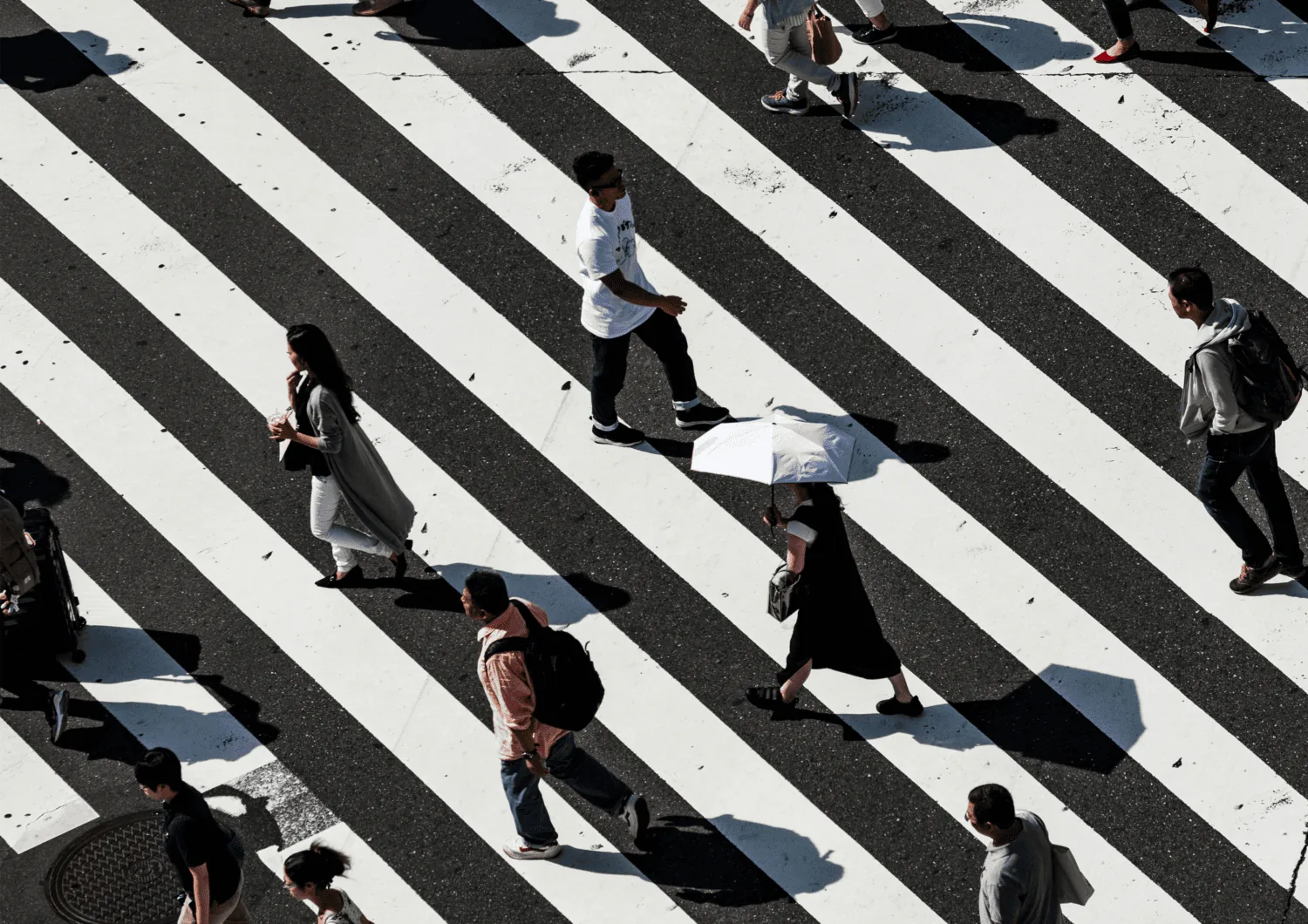Agile Retail: Part Four _
Post-Purchase and End-Of-Life
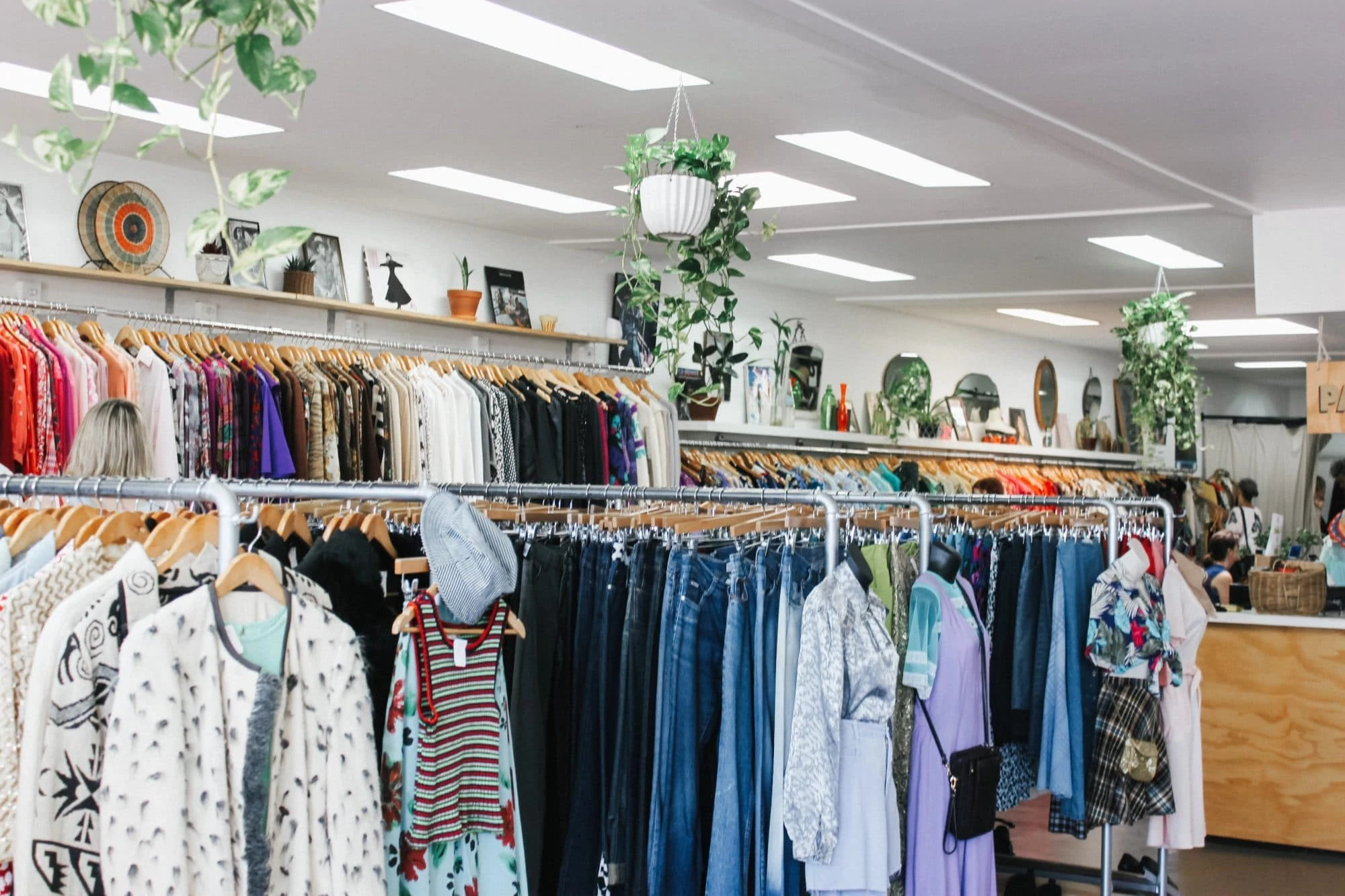
Exploring the agile retail strategies that brands and retailers are employing to help consumers navigate an industry as boundless as the retail industry
In part four of our Agile Retail blog series, we explore how some brands and retailers are continuing to offer elements of Agile Retail to their customers, post-purchase, to empower the customer and demonstrate their commitment to offering Agile Retail – a macrotrend which we believe will support the future of retail and push it into a new era.
Post Purchase and End-Of-Life
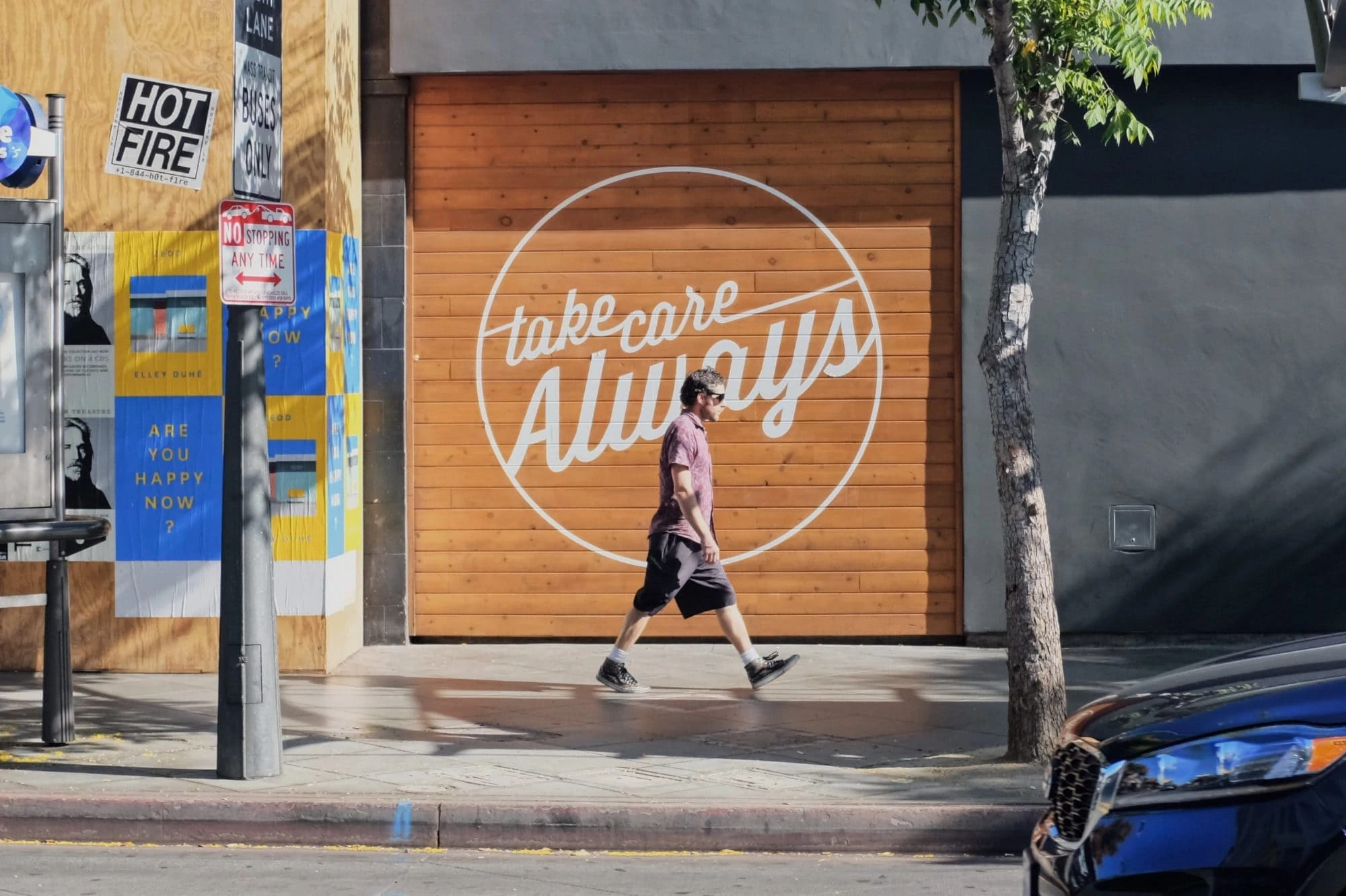
Since consumer returns rights prevent brands and retailers from cutting all ties with the consumer immediately after purchase, there is yet more opportunity for brands and retailers to demonstrate Agile Retail, not least with regard to customer service and returns procedures. In fact, some brands and retailers even assume responsibility for a long time after in the form of aftercare and sensible disposal of products at the end of their life.
AFTERCARE
Lifestyle brand, EastPak, which designs, develops, manufactures and sells bags, backpacks, travel gear and accessories, is a great example of a brand which has a generous aftercare and returns policy. Covering consumers for no fewer than 30 years, EastPak’s warranty offers unlimited free bag reparations or replacements during this time. This aftercare service is not just better for the environment as it will repair items when and where it can rather than disposing of them by default, but its accommodation also demonstrates its commitment to putting the customer at the forefront of its business operations in comparison to many other brands.
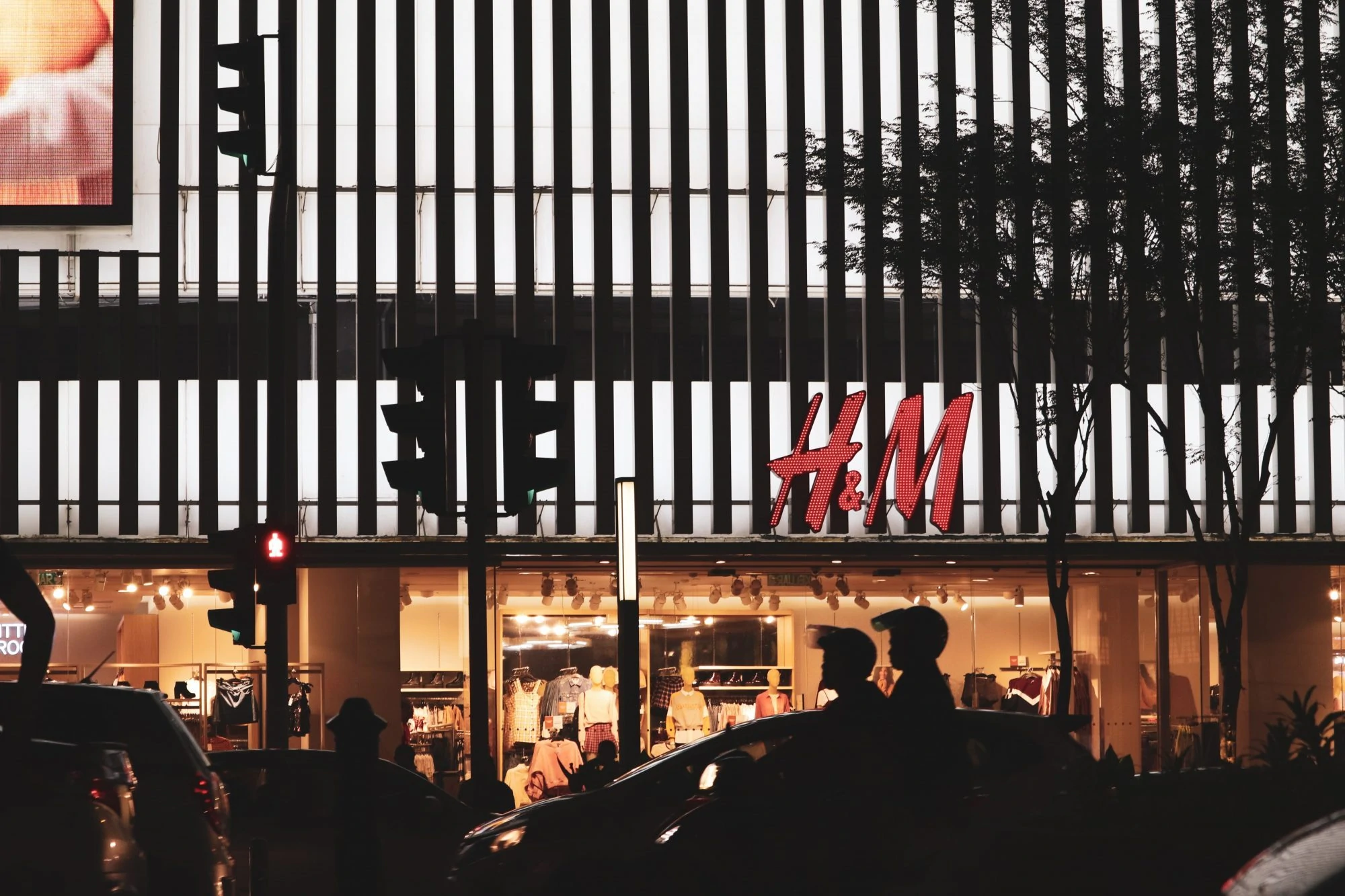
IN A CIRCULAR ECONOMY, THERE IS NO END-OF-LIFE
With estimates that 63 million kilograms of clothing alone ending up in UK landfill each year, according to the Waste and Resources Action Programme (WRAP), some fashion brands and retailers have assumed responsibility for items at the end of their lives by implemented schemes that invite consumers to return their clothes for responsible disposal.
H&M is one of a growing number of fashion retailers that has implemented this scheme, collecting over 17,771 tonnes of textiles since 2013 when its Garment Collection Programme was first launched. Quite impressively, the retailer boasts that 0% of the clothes it collects goes into landfill, with items either being recycled, reused or reworn in an attempt to create a more circular economy. Moreover, giving consumers the opportunity to return unwanted clothes at a location where they can buy replacement clothing saves on both time and miles.
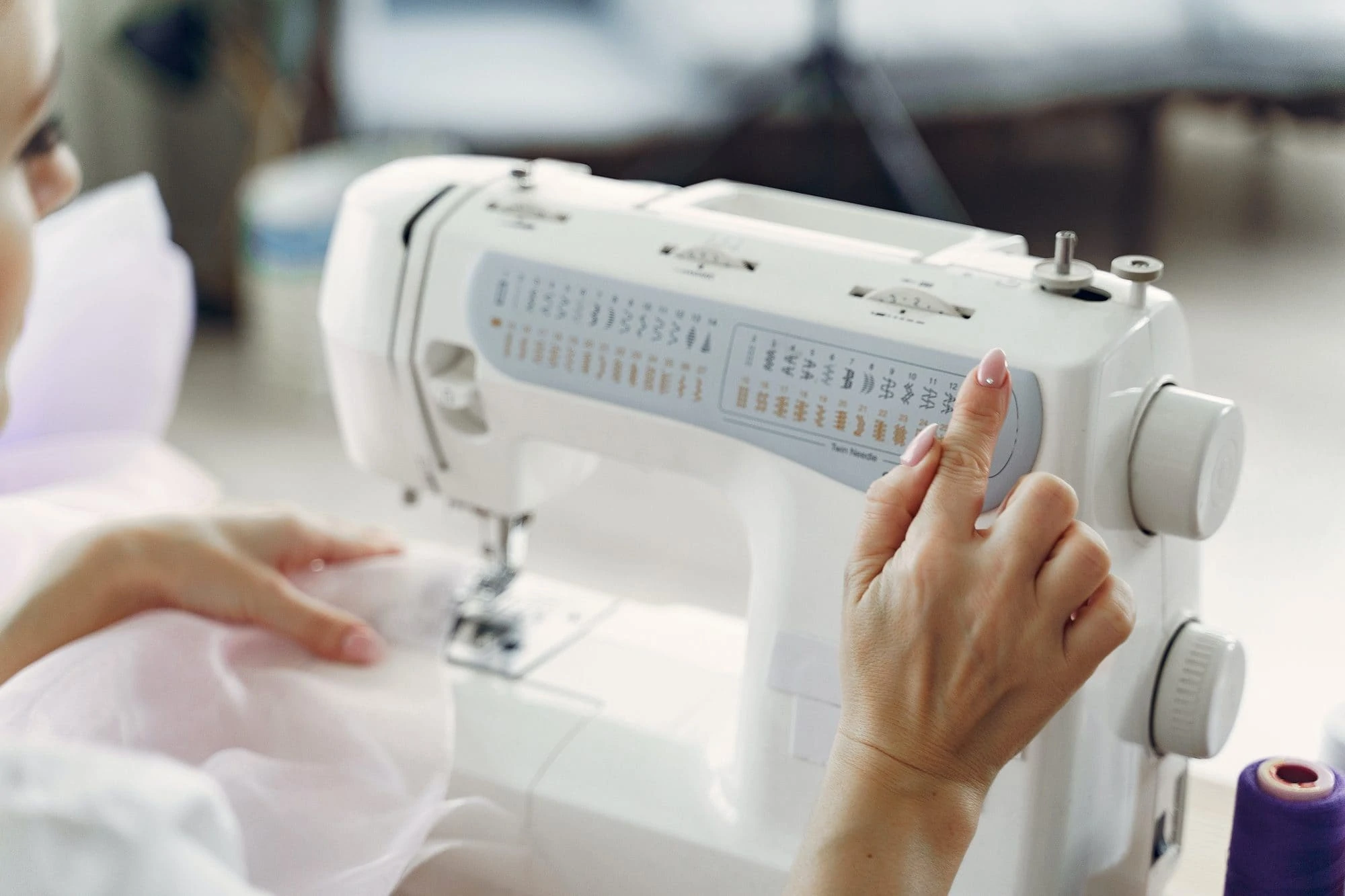
In fact, some start-ups have capitalised on consumers’ unwanted clothes by opening secondhand clothing stores – a market which is expected to grow to $51 billion in the next five years. Successful retailers all involved in the resale of second-hand goods include Thredup, Stockx, The RealReal and Pantagonia, among a few. The aforementioned brands and retailers demonstrate Agile Retail with regard to their display of compassion to the environment – identifying with the inclinations of the modern consumer. Additionally, consumers can also very often benefit from lower prices and the opportunity to unearth rare garments at second-hand stores, desirable to those who seek exclusivity and aspire to express uniqueness in their look.

POST-CONFINEMENT
Brands and retailers that provide over-and-above post-purchase aftercare services, in general, are better able to remain in-touch with their customers. Remaining in-touch with customers will be vital in a post-coronavirus world as this ability to reconnect with customers will be a significant factor in how quickly brands and retailers are able to bounce-back from this disruption in the months that follow. Predicting the short term trajectory of second-hand retail once current restrictions have been lifted, we expect that retail will, as a rule, be back with boom as consumers who have curbed their buying in recent weeks consume over and above, across the sectors. Indeed, some may even express their newfound freedom in the clothes that they wear, increasing demand for those one-of-a-kind garments. Socio-economic factors are also likely to play a part in the short to mid-term trajectory of second-hand retailers, post confinement, as those who have experienced job losses at this time will be more inclined to buy cheaper garments that can often found at second-hand shops.
What’s trending?
At the end of the month we will be releasing the whitepaper, Agile Retail as a Macrotrend, in its entirety, which not only explores the key microtrends of Agile Retail, but also our thoughts on how the shape of retail will be defined in a post-coronavirus world in relation to how well brands and retailers can implement Agile Retail strategies that value the wellbeing of customers and staff. If you’d like to receive the whitepaper at the end of the month by email, you can do this by clicking the ‘Subscribe to receive our Retail Insight Reports’ link at the bottom of this page.
